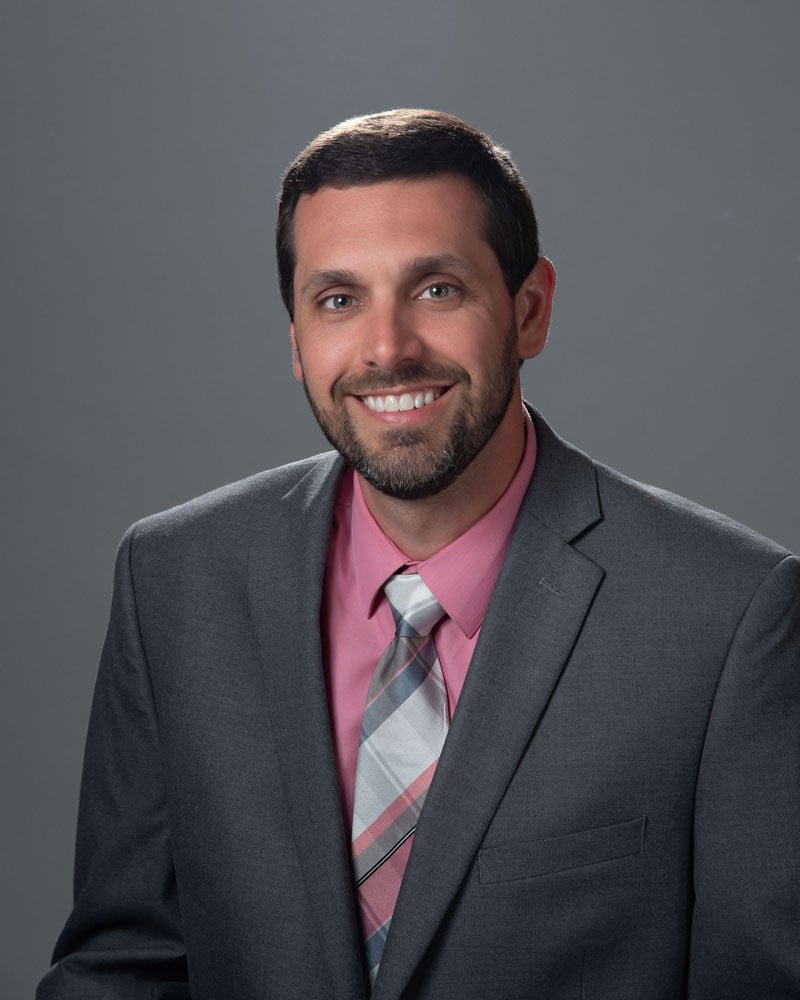4 min read
Which Parent Can Claim Child-Related Tax Breaks After Divorce or Separation?
Divorce or legal separation creates many questions. Among the most important financial considerations for couples with...
Submitted By: Samuel D. Fries on Sep 26, 2023 2:00:00 PM

The Setting Every Community Up for Retirement Enhancement (SECURE) Act brought numerous changes to the retirement and estate planning landscape in late 2019. Congress followed up with the SECURE 2.0 Act in late 2022. This law introduced some additional taxpayer-friendly changes, including an increase in the limits for retirement account catch-up contributions for individuals who are age 50 or older.
The ability to make extra catch-up contributions allows older employees to boost their retirement savings, increasing the odds they'll have enough money for retirement. However, the new-and-improved catch-up contribution rules have created some concerns that the IRS was forced to address recently. Here's what you should know.
Catch-Up Contribution Basics
Employer-sponsored 401(k), 403(b) and 457(b) plans can allow participants who are age 50 or older to make additional salary reduction contributions—also known as elective deferral contributions—to their accounts. These catch-up contributions are over-and-above standard salary reduction contributions, which are limited to $22,500 for 2023, with inflation adjustments for later years. For 2023, the maximum catch-up contribution for these employer-sponsored plans is $7,500, with inflation adjustments for later years.
The advantage of making catch-up contributions is that they reduce your taxable salary while also allowing you to save more in your tax-advantaged retirement account. In effect, catch-up contributions are deductible in determining your taxable income.
SECURE 2.0 Provision
Starting in 2025, for retirement plan participants who attain age 60 through 63, SECURE 2.0 increases the maximum catch-up contribution to the greater of:
To be clear, these enhanced catch-up contributions will be allowed for plan participants who reach age 60, 61, 62 or 63 during the year in question. For all other participants who are eligible to make catch-up contributions, including those who attain age 64 or older during the year in question, the "regular" catch-up contribution maximum will continue to apply ($7,500 for 2023).
SECURE 2.0 Change for Higher-Income Participants
Starting in 2024, participants in 401(k), 403(b) and 457(b) plans whose prior-year wage income exceeds $145,000 (adjusted annually for inflation) can only make catch-up contributions to a company-sponsored designated Roth account. These contributions are after-tax, so they don't reduce the taxable salary of participants. On the plus side, designated Roth account balances can grow federal-income-tax-free and qualified distributions taken from designated Roth accounts are federal-income-tax-free. A qualified distribution is one that:
However, if your company doesn't offer designated Roth account options and your prior-year wage income exceeds $145,000 (adjusted annually for inflation), the SECURE 2.0 change would eliminate your ability to make any catch-up contribution.
Concerns About the Designated Roth Account Change
Not all high-income employees will welcome the designated Roth account change to the catch-up contribution regime. In addition, the looming 2024 effective date for the change and the various administrative hurdles the provision created have caused increasing concerns for employers and payroll service providers. Examples of these concerns include:
Moreover, as stated above, some employer plans don't currently offer the designated Roth account option. Affected employees will likely demand this option. That means these employers may need to amend their plans to avert employee discontent. If not, affected employees won't be able to make any catch-up contributions. But with such amendments to employer plans, all employees would have the option of contributing to designated Roth accounts, which would create more administrative complications.
Transition Period Relief
In Notice 2023-62, the IRS addresses these concerns by granting relief in the form of a so-called administrative transition period. Under the transition period relief, the effective date for the designated Roth account catch-up contribution change is extended to January 1, 2026. Until then, employers can ignore the SECURE 2.0 change and allow higher-income employees to continue making catch-up contributions that aren't made to designated Roth accounts.
Important: The IRS has also addressed a drafting glitch in the SECURE 2.0 statutory language that seemingly eliminated the ability for employees to make any catch-up contributions after 2023. Information Release IR-2023-155 states that employees who are age 50 or older can continue to make catch-up contributions in 2024 and beyond. The faulty statutory language is expected to be fixed with a future technical corrections bill in Congress.
Is Your Business Ready for the New Rules?
The delayed effective date for the designated Roth account catch-up contribution change is good news, but the change is still scheduled to kick in on January 1, 2026. So, employers are well-advised to start amending their procedures and retirement plans, if necessary, to achieve compliance with the change. Contact your SSB tax advisor to determine what's appropriate for your company's situation.
© 2023
4 min read
Dec 30, 2025
Divorce or legal separation creates many questions. Among the most important financial considerations for couples with...
5 min read
Dec 26, 2025
The Free Application for Federal Student Aid (FAFSA) form for the 2026-2027 school year is now available. The FAFSA was...